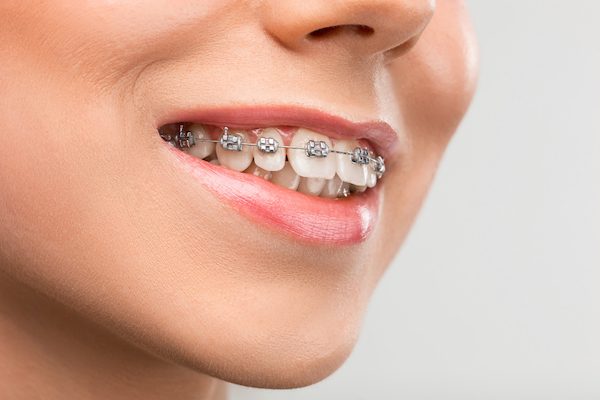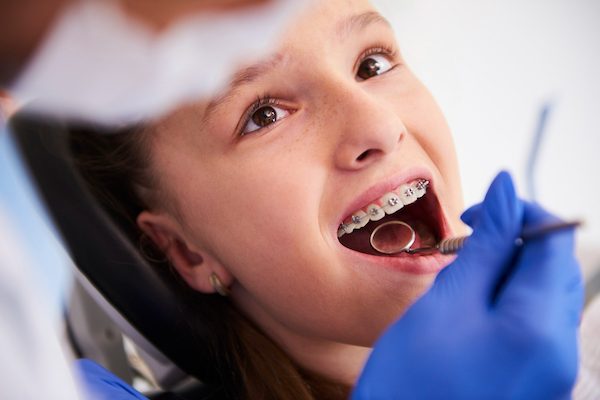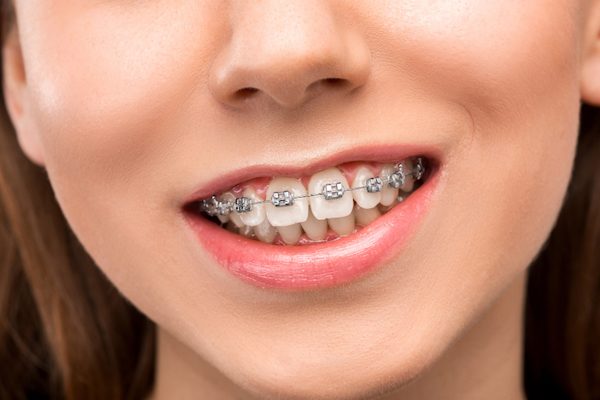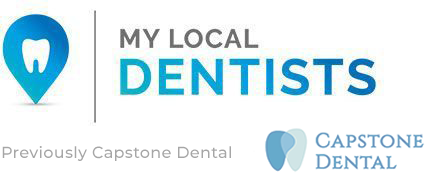Orthodontics

Orthodontics – Airways and Braces Seven Hills
At My Local Dentists Seven Hills, we are conservative and holistic, so we treat the person and not just the teeth.
Orthodontic treatment is appropriate for kids and adults of all ages, and we can discuss the best approach to meet your situation and needs.
WAIT! WHAT DO MY AIRWAYS HAVE TO DO WITH BRACES AND ORTHODONTICS?
Crooked teeth have a lot to do with the development of your jaws, and this, in turn, is often associated with your airways, breathing habits, muscles, tongue posture and jaw joints.
Compromised airways and underdeveloped jaws lead to crooked teeth and can adversely affect the quality of your breathing, sleep, energy levels, jaw function, facial profile, chronic pain, and overall health.
Your airways and sleep may be compromised because of your adenoids or tonsils or nasal obstruction. Because of this, we may refer you to Ear Nose Throat (ENT) specialists, sleep specialists or physiotherapists to help address your other health matters.
Orthodontics is more than just straightening teeth. Using a combination of treatments, we want to give you a straight smile and improve the overall health of your teeth, jaw, and overall well-being.
How Braces Can Improve Airway Health
Braces are often used to straighten teeth and alleviate bite problems but can also greatly enhance airway health. By expanding the dental arches and properly aligning the teeth and jaws, braces can help create a more open and functional airway.

Here are a few ways braces can impact airway health:
Maxillary Expansion
Expanding the upper jaw (maxilla) can increase the width of the nasal passages, improve nasal breathing, and reduce the risk of airway obstruction. Devices like palatal expanders can achieve this.
Mandibular Advancement
In cases where the lower jaw (mandible) is recessed, braces combined with other orthodontic appliances can help bring the jaw forward. This advancement can open the airway, reducing the likelihood of sleep apnoea.
Correcting Dental Crowding
Crowded teeth can lead to a narrow dental arch, restricting the airway. By aligning the teeth properly, braces can help expand the dental arch, facilitating better airflow.
Jaw Alignment
Proper jaw alignment ensures that the airway is not compromised. Orthodontic treatment can correct overbites, underbites, and crossbites, which can affect the airway.
WHY IS EARLY ORTHODONTICS IMPORTANT FOR CHILDREN?
By the time a child turns 12, about 85% of the bones in their skull have developed. Because crooked teeth are associated with compromised airways, a child’s growth, learning, and development can also be affected.
Hence, we recommend having an orthodontic consultation when you notice any issues with your child’s jaw, teeth, breathing, or airways. The earlier we detect and address the problems, the better the potential outcome for your child.
WHY DO I NEED ORTHODONTIC TREATMENT?
We recommend an orthodontic consultation if you have any or a combination of the following symptoms.
Crooked teeth
Small jaw
Mouth breathing
Large or infected tonsils/adenoids
Jaw joint pain
Chronic bed wetting
WHAT IS INVOLVED WITH ORTHODONTIC TREATMENT?
Every patient and mouth is different, so we give each patient a detailed consultation to understand their situation and needs and tailor the treatment.

The general steps involved in orthodontics include:
Initial Consultation
- Comprehensive examination and analysis of the teeth and jaw
- Photographs, teeth impressions, x-rays
- Detailed discussion and report of treatment options, limitations, risks
Orthopaedic Stage (Jaw development)
- Wearing of upper/lower expanders if appropriate
- Wearing of jaw repositioning appliances if appropriate
- Wearing of space maintainers/retainers if appropriate
Orthodontic Stage
- Fixed Braces: Traditional metal or clear/ceramic brackets with wires that slowly put pressure on your teeth to move them into the correct position
- Clear Aligner Braces: Clear hard plastic trays that slowly put pressure on your teeth to move them into the correct position
Retention Stage
Removable retainers (plates) or fixed retainers (wires) are placed after orthodontic treatment to help maintain the position of your teeth.
Orthodontics – Airways and Braces in Seven Hills
If you or your child are experiencing breathing issues, sleep disturbances, or any concerns related to dental alignment, it may be time to consult a dentist.
Visit your Seven Hills dentist for a custom-fitted mouthguard tailored to your needs.
Call us at (02) 8605 1696 or schedule an appointment online.
We are located at Shop 55, (Ground Floor) Seven Hills Plaza, 224 Prospect Hwy, in Seven Hills.
What are the signs that my child might have an airway issue related to dental alignment?
Common signs include mouth breathing, snoring, restless sleep, difficulty focusing, and behavioural issues. If you notice any of these symptoms, it’s a good idea to consult a dentist.
How can orthodontic treatment help with sleep apnoea?
Orthodontic treatment can help by expanding the dental arches and realigning the jaws, reducing airway obstruction and improving breathing during sleep.
Are there specific types of braces that are better for airway improvement?
While traditional braces are practical, some cases might benefit from specific appliances like palatal expanders or mandibular advancement devices. Your dentist can suggest the best action based on your particular requirements.
How long does orthodontic treatment for airway issues typically take?
The time depends on the complexity of the case. Treatment can range from a few months to a few years. After evaluating your condition, your dentist will provide a personalised timeline.
Can adults benefit from orthodontic treatment to improve airway health?
Yes, adults can also benefit from orthodontic treatment to address airway issues. While treatment may be more complex in adults, it can still significantly improve airway health and overall well-being.
Does insurance cover orthodontic treatment?
Coverage varies by insurance plan. Contact your provider to determine what orthodontic procedures your insurance covers and to what extent.
